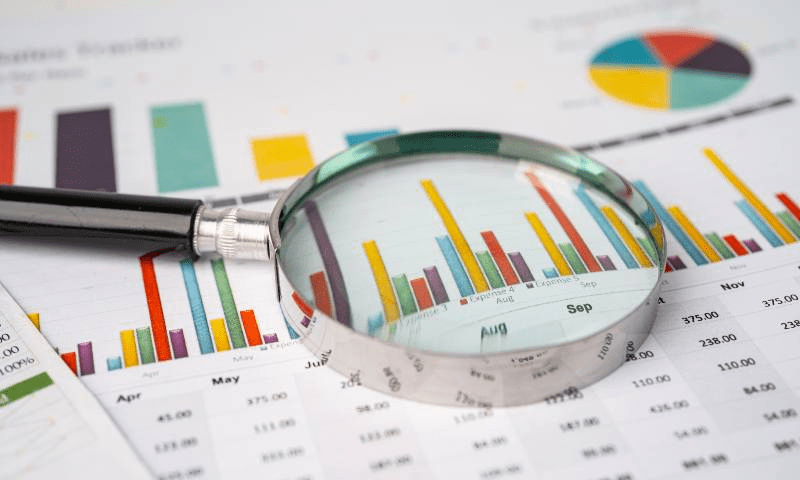Rising Greed in the Market: The hidden driver behind financial volatility.
How is greed measured in the market?
The Fear & Greed Index is the primary tool for measuring market sentiment, analyzing seven key indicators.
1. Price Momentum: Comparing the performance of the S&P 500 index to its 125-day moving average.
2. Strength of Stocks: The number of stocks reaching new annual highs or lows.
3. Market Expansion: The trading volume in rising stocks versus falling stocks.
4. Put/Call Ratio: An increase in demand for put options indicates fear.
5. Demand for Junk Bonds: A narrowing gap between their yields and safe bonds indicates greed.
6. Volatility (VIX) Its decline indicates satisfaction with risks.
7. Demand for Safe Assets: Such as gold and government bonds.
The index converts this data into a number between 0 (Extreme Fear) and 100 (Extreme Greed), with a reading above 75 classified as 'Severe Greed'.
- Ignoring Risks: As happened in the 2008 financial crisis, where greed drove banks to issue high-risk loans to low-income borrowers, ignoring signs of a housing market collapse.
Herd Effect (FOMO) drives investors to buy overvalued assets for fear of missing opportunities, as seen in the tech bubble of the late 1990s.
Separation from Fundamentals: A rise in the prices of assets like NVIDIA to double their fundamental value, then losing a trillion dollars in market value within months.
Pricing Distortions: Driving asset prices to unsustainable levels, such as the Japanese Nikkei at 40,000 points without technical signs of trend reversal.
Increased Volatility: A decrease in the VIX index during periods of greed conceals accumulating pressures that later explode.
Erosion of Liquidity: Shifting capital from productive investments to short-term speculation.
History: It proves that greed is not necessarily 'bad' – it drives innovation and fuels growth – but the absence of its management leads to an explosion.


